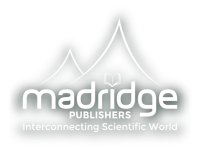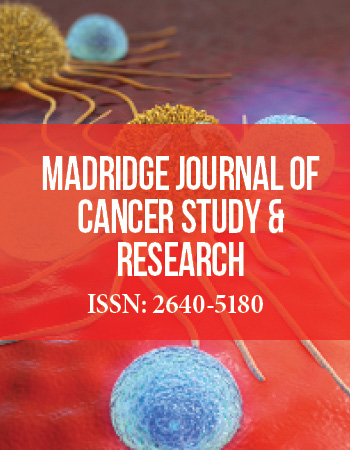2nd International Cancer Study & Therapy Conference
Feb 20-22, 2017, Baltimore, USA
Targeting BCL6 for the treatment of DLBCL using the Site Identification by Ligand Competitive Saturation (SILCS) technology
1Computer-Aided Drug Design Center, University of Maryland, School of Pharmacy, Department of Pharmaceutical Sciences, USA
2Weill Cornell Medical College, Department of Hematology/Oncology, USA
3University of California San Francisco, Department of Laboratory Medicine, USA
4University of Michigan, Department of Pathology, USA
5Department of Pathology and Laboratory Medicine, Weill Cornell Medical College, USA
The BCL6 oncogene is constitutively activated by chromosomal translocations and amplification in ABC-DLBCLs, a class of DLBCLs that respond poorly to current therapies. BCL6 mediates its effects by recruiting corepressors to an extended groove motif thereby repressing expression of selected proteins, including those in checkpoint pathways and IRF4 and PRDM1, thereby blocking plasma cell differentiation. Accordingly, we have undertaken a drug design campaign to develop inhibitors of BCL6-corepressor interactions. Towards this goal we applied the Site Identification by Ligand Competitive Saturation (SILCS) methodology in conjunction with synthetic chemistry, structural biology and biological evaluation. SILCS involves the calculation of functional group affinity maps of proteins; these “FragMaps” take into account protein flexibility, protein and functional group desolvationpenalties as well as protein-functional group interactions. FragMaps may be used to qualitatively direct ligand design as well as quantitative predict relative binding affinities of 1000s of compounds on a daily basis, at an accuracy comparable to free energy perturbation, thereby allowing SILCS to lead the drug design process. Based on the SILCS approach, the role of functional groups to affinity was determined for the lead compound, 79-6,targeting BCL6, acting as the basis for the design and in silico evaluation of lead compound analogs. Subsequent synthesis and experimental evaluation of the predicted compounds showed them to bind to BCL6 in the predicted binding orientation. Notably, the new compound, termed FX1, has an affinity for BCL6 higher than that of the corepressors indicating its potential as a drug candidate. FX1 disrupts BCL6 repression complex formation, reactivates BCL6 target genes, and mimics the phenotype of mice engineered to express BCL6 with lateral groove mutations. This compound eradicated established DLBCLxenografts at low doses. Most strikingly, FX1 suppressed ABC-DLBCL cells as well as primary human ABC-DLBCL specimens ex vivo.
Biography:
Alex MacKerell received an A.S. in Biology from Gloucester County College, a B.S. in Chemistry from the University of Hawaii and a Ph.D. in Biochemistry fromRutgersUniversity.Subsequenttraininginvolvedpostdoctoralfellowships intheDepartmentofMedicalBiophysics,KarolinskaIntitutet, Stockholm, Sweden in experimental and theoretical biophysics and in the Department of Chemistry, Harvard University in theoretical chemistry. MacKerell is currently the Grollman-Glick Professor of Pharmaceutical Sciences in the School of Pharmacy, University of Maryland, Baltimore and the Director of the University of Maryland Computer-Aided Drug Design Center. MacKerell is also Co-founder and Chief Scientific Officer of SilcsBio LLC. Research interests include the development of theoretical chemistry methods, with emphasis on empirical force fields, including the CHARMM additive and Drude polarizable force fields, structure-function studies of proteins, carbohydrates and nucleic acids, and drug design and development.


